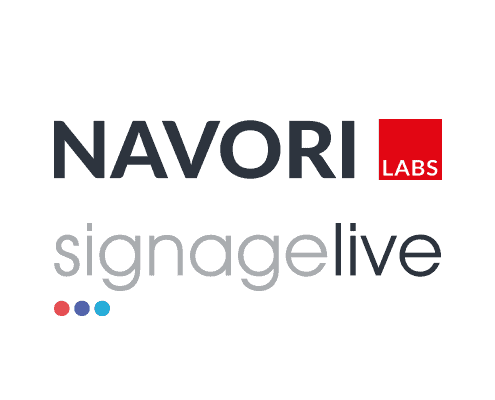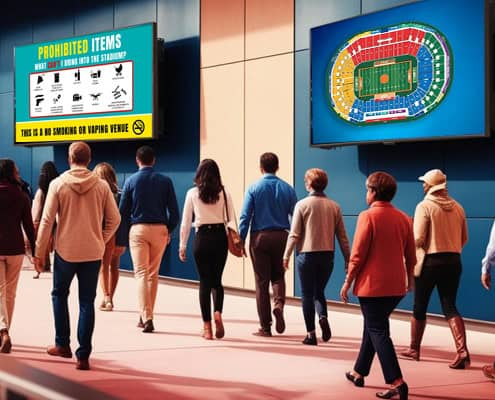In the latest episode of Digital Signage Explored, host Tim engaged in an insightful conversation with Jordan Feil, a seasoned Digital Signage consultant boasting over 16 years of industry experience. Their discussion unveiled crucial insights for professionals aiming to optimise their Digital Signage content management systems (CMS).
The CMS: A Tool, Not Magic
A fundamental takeaway from the conversation is that while a CMS is a powerful asset, it’s not a magical solution. Jordan emphasised, “it’s more your job as the user to make the software look good rather than the job of the software to make you look good”. This perspective underscores the critical role of user engagement and learning in successfully implementing Digital Signage.
The Importance of Learning and Investment
Both experts concurred that dedicating time to thoroughly understand the CMS is paramount. This involves:
- Exploring various features and tools
- Investigating different workflows
- Establishing proper collaboration and approval processes
- Conducting thorough system testing before full implementation
Jordan stressed that this initial time investment can prevent significant future challenges and save time in the long run.
Content Creation: Best Practices
When it comes to creating content for Digital Signage, Jordan highlighted several key considerations:
- Resolution and Size: Ensure your content matches the resolution and orientation of your displays.
- Simplicity: Keep content straightforward and focused on the main message to avoid overwhelming viewers.
- Readability: Consider viewing time and distance when determining text size and content duration.
Real-World Testing and Observation
A crucial piece of advice offered was to test content in real-world conditions. This includes:
- Setting up test screens in your office that match field displays
- Observing traffic flow and viewer behaviour in the display area
- Visiting actual installation sites to assess content effectiveness from various angles and distances.
Jordan emphasised the importance of getting out of the office and observing Digital Signage in various real-world settings. This practice can provide valuable insights into what works well and what doesn’t, helping to refine your own content strategies.
Understanding Your Audience
Tim highlighted the importance of considering the audience’s viewing time and environment. For instance, in a waiting room, you might have several minutes of viewer attention, whereas in a high-traffic area, you may only have a few seconds. This understanding should inform both the amount of content on screen and the overall playlist duration.
Airports: A Digital Signage Showcase
Both experts agreed that airports serve as excellent showcases for Digital Signage. These environments offer:
- A diverse range of Digital Signage applications
- Examples of both successful and unsuccessful implementations
- A captive audience with time to engage with content
Airports provide valuable opportunities to observe how Digital Signage operates in a high-stakes, high-traffic environment.
Continuous Learning and Improvement
Jordan encouraged Digital Signage professionals to remain observant of displays in various public spaces. By paying attention to what works well and what doesn’t in different contexts, you can gather valuable insights to enhance your own content strategies.
The Role of Collaboration
Effective Digital Signage implementation often requires collaboration between various stakeholders. This may include:
- Content creators
- IT professionals
- Marketing teams
- Facilities management
Establishing clear workflows and communication channels among these groups can significantly improve the efficiency and effectiveness of your Digital Signage efforts.
Measuring Success
To truly maximise your CMS potential, it’s crucial to establish metrics for success. This might include:
- Viewer engagement rates
- Content recall
- Impact on sales or other key performance indicators
- System uptime and reliability
Regularly reviewing these metrics can help you refine your content strategy and technical implementation over time.
Conclusion
Maximising the potential of your Digital Signage CMS requires more than just selecting the right software. It demands a commitment to learning, testing, and continuous improvement. By following these expert tips and staying attuned to real-world applications, you can create more effective and engaging Digital Signage experiences for your audience. Remember, the key to success lies not just in the tools you use, but in how you use them and your willingness to adapt based on real-world feedback and observations.
For more information on how to effectively utilise a Content Management System tune into our Digital Signage Explored episode on new Digital Signage install.





You must be logged in to post a comment.